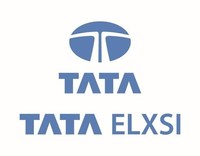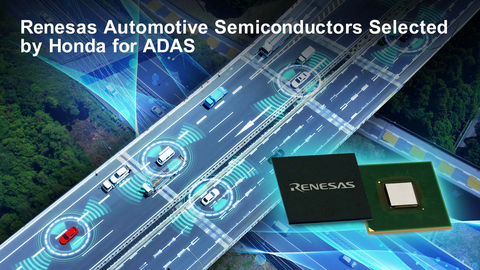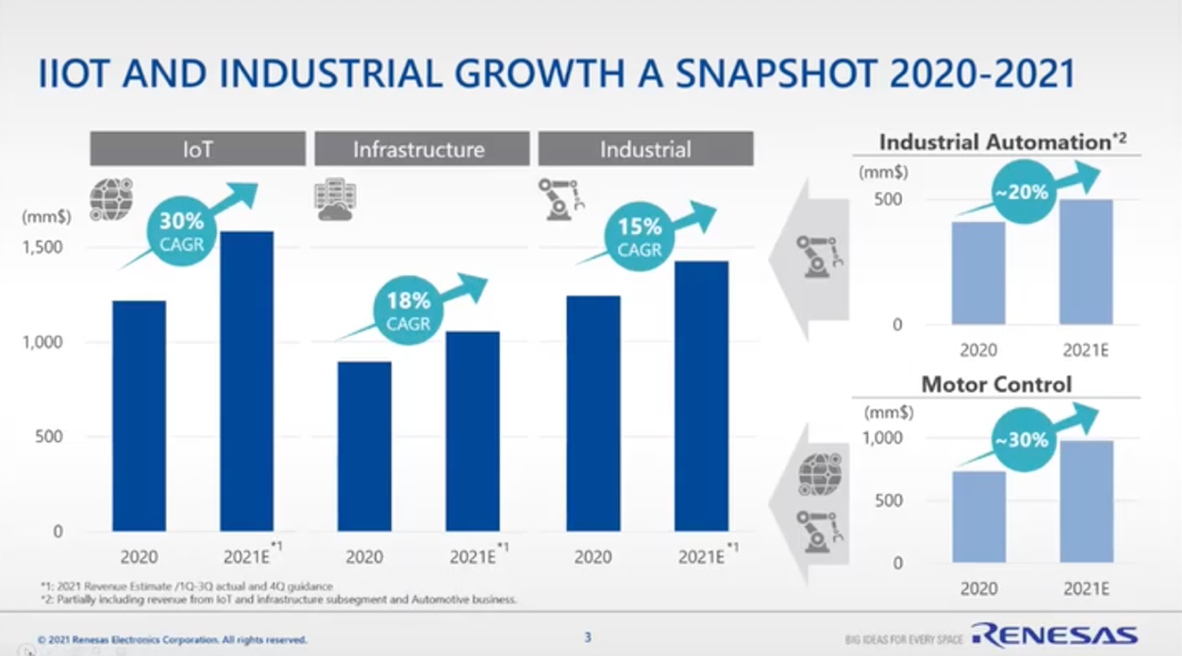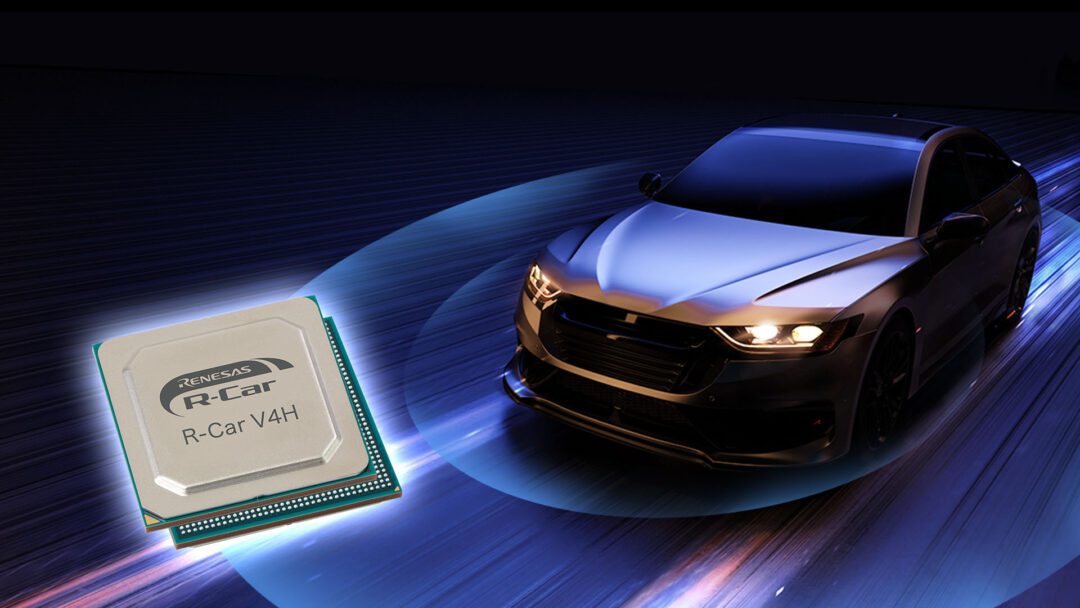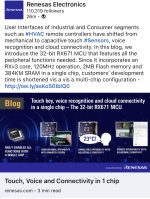Renesas Automotive Semiconductors Selected by Honda for ADAS
Renesas R-Car SoC and RH850 MCU to be Used in Honda SENSING System
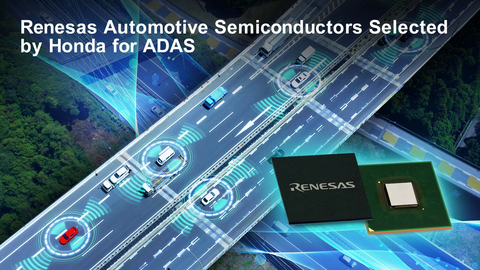
(Graphic: Business Wire)
March 03, 2022 08:00 AM Eastern Standard Time
TOKYO--(
BUSINESS WIRE)--Renesas Electronics Corporation (TSE:6723), a premier supplier of advanced semiconductor solutions, today announced the expansion of its collaboration with Honda in the field of advanced driver-assistance systems (ADAS).
Honda adopted Renesas’ R-Car automotive system on a chip (SoC) and RH850 automotive MCU for its Honda SENSING Elite system featured in the Legend, which went on sale in March 2021. Honda SENSING Elite incorporates advanced technology that qualifies for Level 3 automated driving (conditional automated driving in limited areas). Now Honda has again selected R-Car and RH850 for use in the Honda SENSING 360 omnidirectional safety and driver assistance system, which builds on the knowledge and expertise gained through research and development work on the earlier technology. The first automobile model equipped with Honda SENSING 360 is scheduled for release in China in 2022, with adoption in a broader range of models to follow.
Furthermore, for the next-generation Honda SENSING 360 system, Honda has selected the R-Car S4 as the main SoC in the electronic control unit (ECU), the core of the ADAS. Through this, Renesas and Honda are expanding their collaboration in the ADAS field to improve safety technologies.
“Renesas is proud to be able to contribute to innovation in Honda’s advanced safety technologies,”
said Takeshi Kataoka, Senior Vice President and General Manager of the Automotive Solution Business Unit at Renesas. “Renesas shares with Honda a design philosophy that emphasizes safety and reliability above all, and we plan to further expand our collaboration to bring sophisticated driver-assistance systems to all mass-production models in the near future.”
“Honda is a global innovator in research and development work on safety technologies aimed at the realization of a society with zero traffic collision fatalities,”
said Yutaka Tamagawa, Operating Executive and Head, Electronic Control Development Supervisory Unit, Monozukuri Center, Automobile Operations at Honda. “Renesas’ semiconductor devices optimized for automotive applications are extremely reliable, backed by a solid system of software and support, and provide superior power efficiency. The expansion of our collaborative efforts will speed up the development of Honda SENSING and help lead its widespread adoption.”
In the Honda SENSING Elite flagship advanced technology system, the Renesas R-Car automotive SoC processes sensing data from cameras, millimeter-wave radar, and LiDAR as well as data for 3-dimensional high-definition maps and the global navigation satellite system (GNSS). The SoC also monitors the vehicle’s position and the road conditions, and computes route plans in real time. The RH850 automotive control MCU provides support for driving operations and collision avoidance by receiving signals from R-Car and performing advanced control of the accelerator, braking, and steering systems.
The application of Honda SENSING 360 is expected to expand globally, and Renesas’ R-Car is helping to enable omnidirectional safety and driver-assistance systems by 360-degree sensing with processing sensing data from cameras and millimeter-wave radar.
Moving forward, Renesas is committed to working with Honda on the development and widespread adoption of next-generation Honda SENSING systems.
About Renesas Electronics Corporation
Renesas Electronics Corporation (
TSE: 6723) delivers trusted embedded design innovation with complete semiconductor solutions that enable billions of connected, intelligent devices to enhance the way people work and live. A
global leader in microcontrollers, analog, power, and SoC products, Renesas provides comprehensive solutions for a broad range of automotive, industrial, Infrastructure, and IoT applications that help shape a limitless future. Learn more at
renesas.com. Follow us on
LinkedIn,
Facebook,
Twitter,
YouTube and
Instagram.

